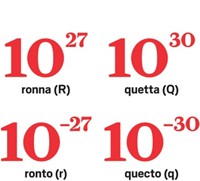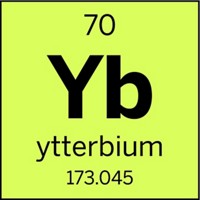Advertisement
Grab your lab coat. Let's get started
Welcome!
Welcome!
Create an account below to get 6 C&EN articles per month, receive newsletters and more - all free.
It seems this is your first time logging in online. Please enter the following information to continue.
As an ACS member you automatically get access to this site. All we need is few more details to create your reading experience.
Not you? Sign in with a different account.
Not you? Sign in with a different account.
ERROR 1
ERROR 1
ERROR 2
ERROR 2
ERROR 2
ERROR 2
ERROR 2
Password and Confirm password must match.
If you have an ACS member number, please enter it here so we can link this account to your membership. (optional)
ERROR 2
ACS values your privacy. By submitting your information, you are gaining access to C&EN and subscribing to our weekly newsletter. We use the information you provide to make your reading experience better, and we will never sell your data to third party members.
Analytical Chemistry
New Format For Atomic Weights
Mass interval reflects natural variations in isotope abundances
by Mitch Jacoby
December 20, 2010
| A version of this story appeared in
Volume 88, Issue 51
Breaking with a century-old tradition, the International Union of Pure & Applied Chemistry (IUPAC) is publishing a new table of standard atomic weights in which the values for 10 elements (H, Li, B, C, N, O, Si, S, Cl, Tl) will be given as mass ranges rather than single values. This historic change in format is being instituted to address the natural variation in a material’s isotope abundances, which depend on the sample’s physical, chemical, and nuclear history. For example, boron’s atomic mass until now has been given as 10.811 amu. The new tables will list the value as [10.806; 10.821] to reflect the element’s true atomic weight, which can vary over that range depending on the material’s source. “We’ve grown up thinking that standard atomic weights given in the periodic table are constants of nature,” says Tyler B. Coplen, an isotope specialist at the U.S. Geological Survey, in Reston, Va. Coplen, who is a coauthor of the IUPAC report highlighting these changes (Pure Appl. Chem., 10.1351/PAC-REP-10-09-14 ) and a companion paper in Chemistry International , adds that that fact holds true only for elements with just one stable isotope.





Join the conversation
Contact the reporter
Submit a Letter to the Editor for publication
Engage with us on Twitter